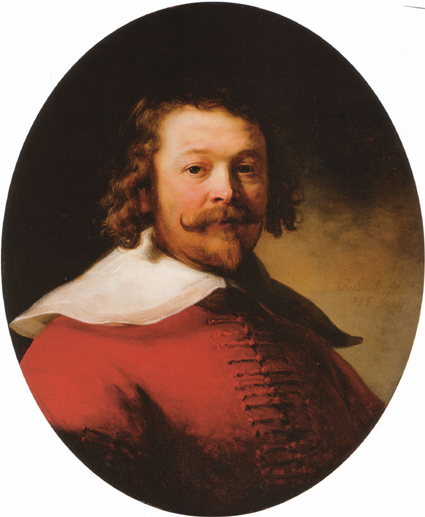The archives of old Holland give us a sudden, all-too-brief snapshot of the young painter Rembrandt, in the summer of 1632. The date is 26 July and an Amsterdam notary, sent out on some minor, mundane business, has come looking for the artist at the home of a “Mr Heyndrick Ulenburch, near St Anthonissluys in Brestraet in this city.” The notary asks “a certain daughter who came to the door” whether “Mr Rembrant (sic) Harmensz van Rijn, painter, lodging at this address, is at home and disposed to receive visitors.” The young girl calls for Rembrandt and the two men meet in “the front room”. They make small talk, the notary remarking that Rembrandt appears “hale and hearty and faring well”, to which the artist replies that “I am of sound constitution, the Lord be praised.” That, tantalisingly, is all.
The encounter can almost be imagined as a series of Rembrandt paintings. A girl at a door. Two men talking in a room. A portrait of the painter himself, his face caught by a shaft of light. “Rembrandt & Co: Dealing in Masterpieces”, at the Dulwich Picture Gallery, is a piercingly original attempt to shed light on Rembrandt’s crucial early years in Amsterdam – and it opens, aptly, with the revelation of a rare, small-scale, exquisitely painted self-portrait by Rembrandt, done in the same year that the notary came to call on him. Long obscured by overpainting and previously considered a copy, at best, it was recently cleaned and unanimously attributed to the master himself (doubtless to the huge satisfaction of its anonymous American owner, who has generously lent the work to Dulwich). Rembrandt is dressed soberly, his white lace ruff the only trace of opulence. He does not flatter himself, making no attempt, for example, to amend the contours...


